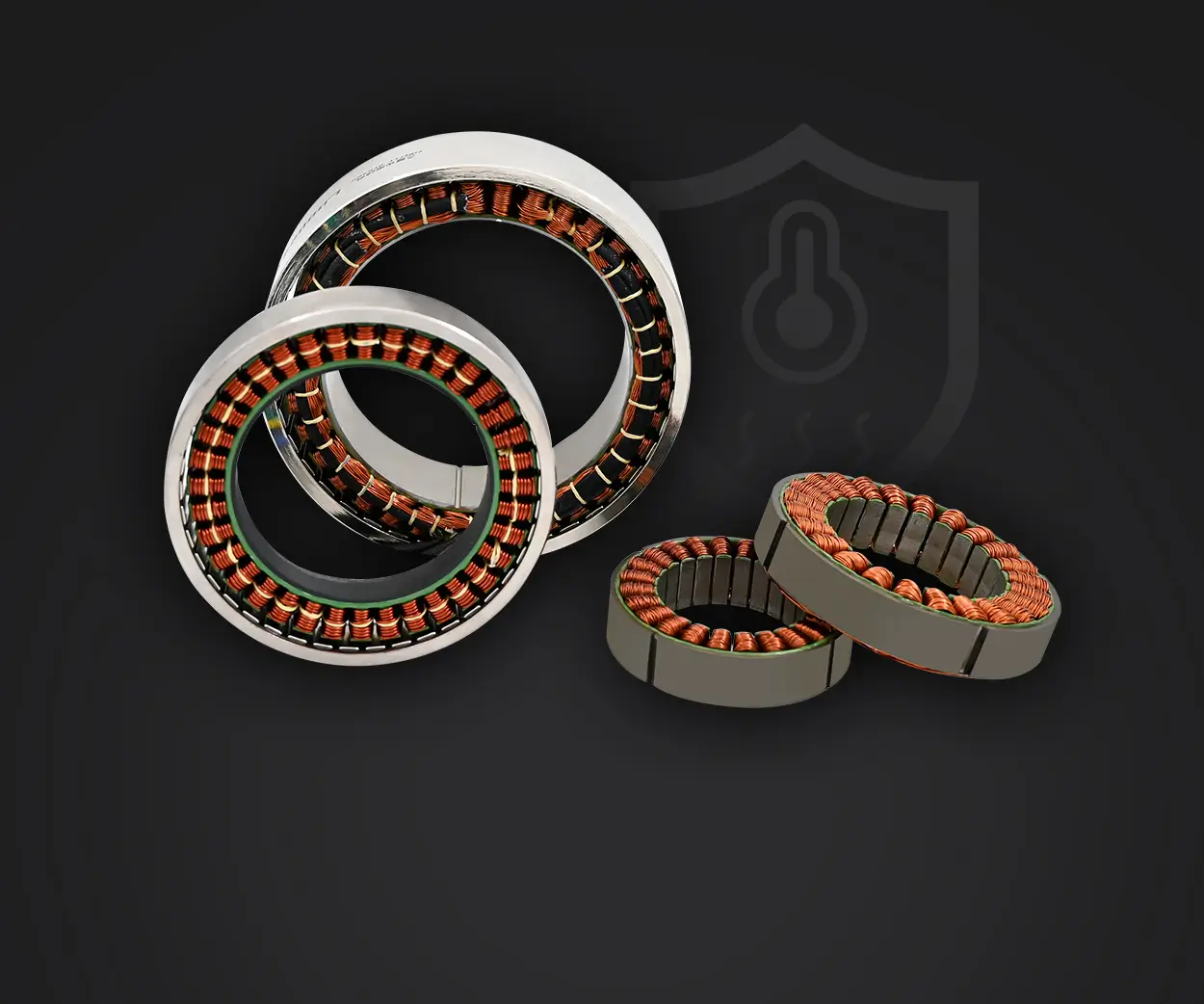Stepping away from monolithic architectures and diving headfirst into microservices feels like trading in a bulky tank for a fleet of nimble speedboats. There's this rush of liberation — suddenly, you’re no longer tied to one giant codebase that drags everything down. Instead, you get small, focused services that can be updated, scaled, and deployed independently. It sounds great, right? But what's really behind this shift? And is it all rainbows and unicorns?

Imagine your current system as a giant brick wall—everything’s interconnected, and if one brick falls, the whole thing might wobble. Migrating to microservices is like replacing that big wall with a puzzle of LEGO pieces. Individually, each piece looks simple, but together, they build a complex structure that’s easier to change without risking the entire building. You can focus on just one part of the app, optimize it, then push that out without shutting everything else down. Sounds like a dream? Sometimes, it’s more like a puzzle.
People ask, "Why bother with microservices? Can't I just optimize my monolith?" Sure, monoliths work fine until they don't. As features pile up, they slow down development, become hard to maintain, and scaling becomes a nightmare. But moving away isn’t just flipping a switch. It’s about designing services that communicate clearly, managing data consistency, ensuring security, keeping everything in sync. It’s a whole new way of thinking, and not every project is suited for an instant switch.
One of the tricky parts? The transition can feel chaotic. You start by breaking out a feature or two—maybe user authentication, or payment processing—and suddenly, you're juggling multiple services. Sometimes, these services need to talk to each other rapidly, which adds complexity. But the upside? Your team can push updates faster, isolate problems with precision, and even experiment with different tech stacks within different microservices.
Let's get real: scalability is a big talking point here. Say your dating app suddenly goes viral—oh, it’s happening—your microservices can scale independently, so you don’t thrash your entire system just because one feature is popular. How cool is that? Meanwhile, monoliths would struggle to handle the load, forcing a full-scale upgrade.
Switching to microservices also opens doors to continuous deployment and DevOps practices. Deployment becomes less of a nightmare—no more waiting 6 hours for a big rollout. Instead, small updates breeze through, bugs get fixed faster, new features appear in users’ hands quicker. That agility is pure gold.
Yet, let’s not forget the flip side. It’s not all sunshine, oficinas, and innovation. There’s the challenge of managing a forest of services. Monitoring, debugging, logging—suddenly, you need a new set of skills. But hey, with tools designed for microservices, it’s totally manageable. The point is, embracing this architecture might seem intimidating at first, but it pays off when your system grows or when you need rapid iteration.
In the end, migrating from monoliths to microservices isn’t about chasing the latest tech trend. It’s about reshaping the way you build, deploy, and grow your applications—making things faster, more flexible, and ultimately, more resilient. If your business is ready to evolve beyond the heavy, clunky systems of yesteryear, exploring microservices could be your next step forward.
Established in 2005, Kpower has been dedicated to a professional compact motion unit manufacturer, headquartered in Dongguan, Guangdong Province, China. Leveraging innovations in modular drive technology, Kpower integrates high-performance motors, precision reducers, and multi-protocol control systems to provide efficient and customized smart drive system solutions. Kpower has delivered professional drive system solutions to over 500 enterprise clients globally with products covering various fields such as Smart Home Systems, Automatic Electronics, Robotics, Precision Agriculture, Drones, and Industrial Automation.




































